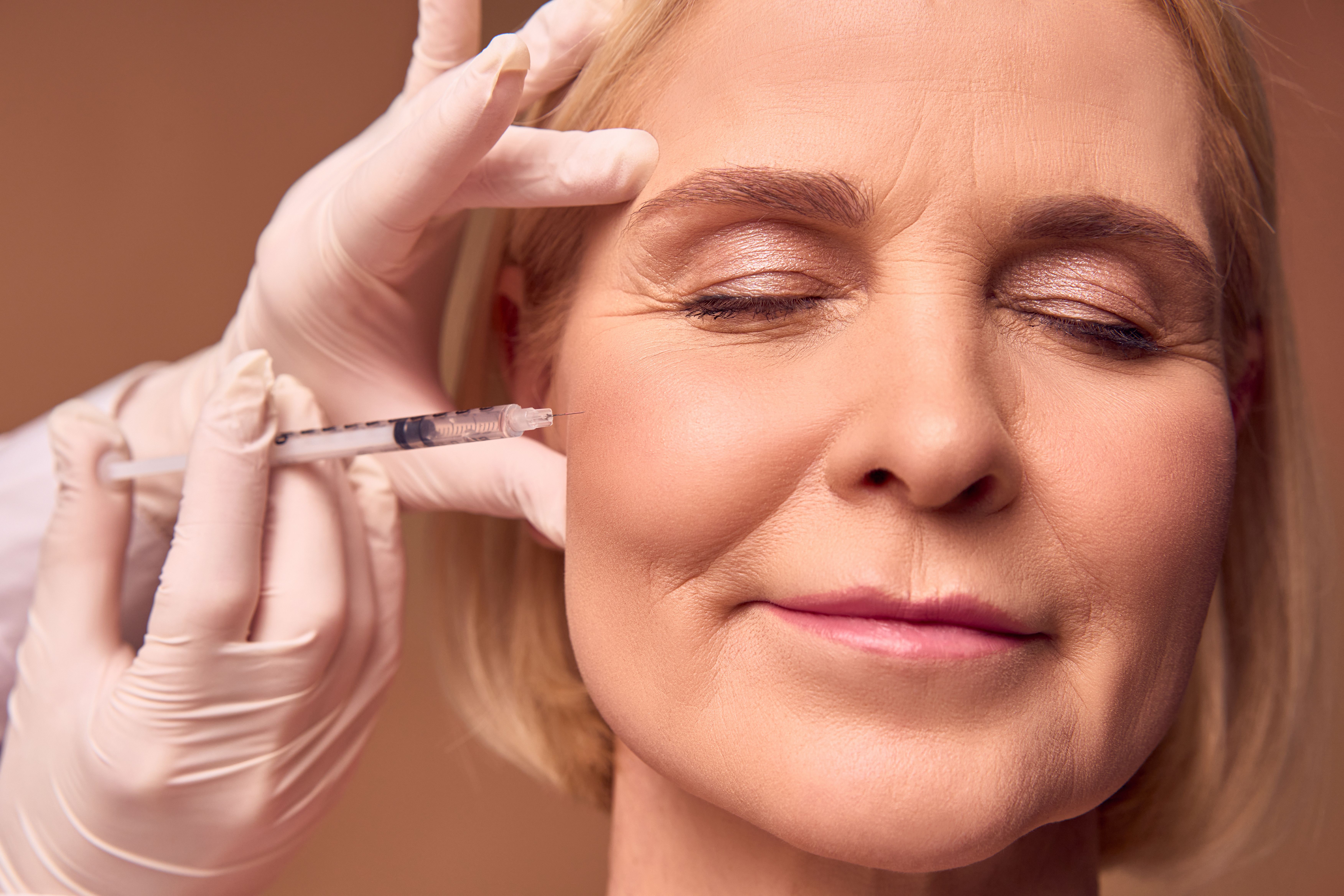- Case-Based Roundtable
- General Dermatology
- Eczema
- Chronic Hand Eczema
- Alopecia
- Aesthetics
- Vitiligo
- COVID-19
- Actinic Keratosis
- Precision Medicine and Biologics
- Rare Disease
- Wound Care
- Rosacea
- Psoriasis
- Psoriatic Arthritis
- Atopic Dermatitis
- Melasma
- NP and PA
- Skin Cancer
- Hidradenitis Suppurativa
- Drug Watch
- Pigmentary Disorders
- Acne
- Pediatric Dermatology
- Practice Management
- Prurigo Nodularis
- Buy-and-Bill
News
Article
Combination Hyaluronic Acid/Calcium Hydroxyapatite Filler Increases Skin Volume
Author(s):
Results showed that the hybrid filler significantly increased collagen fibers with minimal adverse events.
To assess the safety and efficacy of a hybrid filler combining hyaluronic acid (HA) (20 mg/mL) and calcium hydroxyapatite (HA/CaHa), researchers conducted a prospective and non-randomized study.1 Findings showed that the HA/CaHa filler (HArmony from Allergan Aesthetics an AbbVie Company) met the primary endpoint of increased volume.
Velista production/AdobeStock

Fifteen women were treated with HArmony, a hybrid filler that combines HA (20 mg/mL) and CaHa 55.7% (microspheres 25–45 μm) with .3% lidocaine. HA/CaHa was injected using a 23G cannula in the preauricular region. “The filler was injected into the reticular dermis, at its junction with the subcutaneous cellular tissue.”1
Ultrasound examinations were performed before injections, 48 hours after injections, and 30 days, 90 days, and 180 days after treatment by the same investigator. Skin and subcutaneous cellular tissue changes were also assessed.
Strain elastography in the right and left preauricular region was assessed before injections and again 60, 90, and 180 days after treatment. Aesthetic outcomes were examined using 2D and 3D photographs. Skin tightening and volumetric changes were also evaluated.
In the right side, median (interquartile range [IqR]) volume increased 2.1 cc at 180 days after treatment, a significant increase over day 90 (1.8cc). Volume in the left side also increased, with the measurement on day 180 significantly greater than the other days (P < .01). There was also a significant increase in facial tension vectors (FTV) on the right and left sides at days 60, 90, and 180, although there was not a significant difference between time points.
The ultrasound images showed full integration of the HA and an increase in collagen fibers at 180 days after treatment. An increase in collagen was observed at 60 days posttreatment and the increase continued to 180 days posttreatment.
Adverse events included mild redness, inflammation, and discomfort, which resolved without treatment. Three patients had ecchymosis, which was successfully treated with topical treatment.
Facial aging is a multifactorial process that requires different products to address the underlying factors. The hybrid filler HA/CaHa addresses many of these factors. According to Urdiales-Gálvez et al, “The rational of combining HA with CaHa assumes that a high elastic modulus (G') and high viscosity HA filler provides early and sustained volumization, while waiting for the CaHA particle-induced neocollagenesis process.”
This study showed that the HA/CaHa significantly increased volume and tightened skin in the preauricular region.
Reference
- Urdiales-Gálvez F, Braz A, Cavallini M. Facial rejuvenation with the new hybrid filler HArmonyCa: Clinical and aesthetic outcomes assessed by 2D and 3D photographs, ultrasound, and elastography. J Cosmet Dermatol. 2023;22:2186-2197. doi:10.1111/jocd.15706





